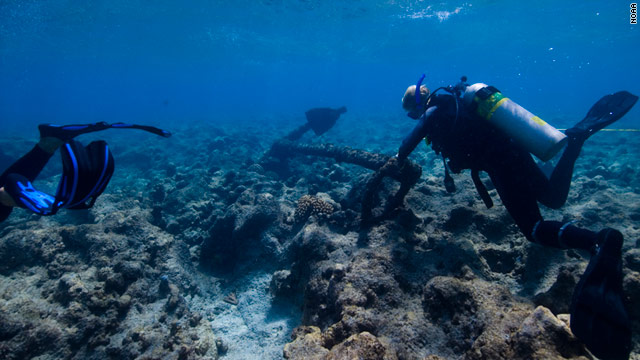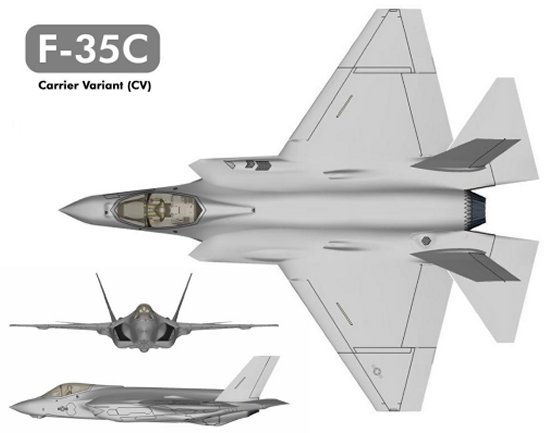A case in eastern Afghan shows the problems with Child soldiers as well as the problem as what does a western Army do?
Could this death had been prevented by simply having boots on the ground?
Was the Apache helicopter under direct enemy threat?

C.J. Chivers/The New York Times.Detail of the receiver of a Kalashnikov assault rifle collected by soldiers from the 101st Airborne Division on Jan .11. The rifle had been slung across the handlebars of a bicycle.FORWARD OPERATING BASE ANDAR, Afghanistan — Sometimes examining captured rifles can lead to unexpected places, as was the case with the Kalashnikov assault rifle shown in the photograph above. It was among a batch of weapons recently taken from Taliban fighters in Ghazni Province by soldiers of the 3rd Battalion, 187th Infantry, part of the 101st Airborne Division. Look at the rifle closely. Its receiver is smeared with blood. Late in the morning on Jan. 11, soldiers from the American battalion spotted three Afghan gunmen riding motorcycles down a dirt road in the province’s Andar District, an area between Kabul and Kandahar that is under strong Taliban influence. The gunmen were out of range and moving quickly, according to military reports and interviews with participants in what happened next.
The soldiers called for what is known in military jargon as an Air Weapons Team. Soon heavily armed Apache attack helicopters were flying over the district’s fields.
For conventional soldiers engaged in a frustrating unconventional war, this sort of moment — catching unmistakably armed fighters in the open in daylight, and with attack helicopters nearby — is both welcome and rare. It is one of those moments when everything can seem clear.
Shortly after 11 a.m., the pilots spotted the same gunmen. At 11:06 they fired on them with a Hellfire missile and their aircraft’s 30-mm chain gun. One of the gunmen was knocked from his motorcycle and killed, according to the official account. The two others survived. They scrambled away.
Over the course of 42 minutes, the pilots flew back and forth over the area, flushing out the surviving fighters and killing them both, according to the reports.
Then something unexpected happened.
At 11:48 a.m., a fourth Afghan appeared, pedaling on a bicycle toward the first of the dead fighters. He reached the dead man, picked up his assault rifle, slung it over his bicycle’s handle bars and began to pedal away, according to the reports.
One of the Apache crews saw him with the rifle. Under the rules of engagement that guide when and how American troops can use lethal force, the cyclist was now considered a combatant under arms. This made him a justifiable target. The aircraft opened fire with the chain gun, striking the cyclist in the head. The shooting was now over.
 U.S. Army
U.S. ArmyBy this time an American ground patrol had been ordered to the area to retrieve the Taliban bodies and equipment and carry them back to an American base, where the bodies would later be turned over to villagers.
The patrol scoured the fields, gathering the rifles, several hand grenades, Kalashnikov magazines, the broken motorcycles and other items.
When the soldiers reached the bicycle, they discovered that the Afghan man on the bicycle was not a man. He was a boy who they estimated was somewhere between the age of 11 and 14. The 30-millimeter round from the Apache had struck his head squarely, killing him instantly. Along with the bodies of the three fighters, his remains were driven to this base.
Descriptions of how the Taliban organizes and fights vary in their many tellings. There are credible accounts of the movement requiring local villages to provide manpower, and of the forced conscription of teenagers and young men from rural Afghan households. Other accounts tell of the Taliban fleshing out its ranks by paying wages to Afghans who fight part-time, the so-called “five-dollars-a-day” crews. There are also many credible descriptions of the movement enjoying deep popular support in districts and villages, and of young men and teenagers eagerly volunteering to help.
But no one description can capture the full range of reasons that Afghan men and teenagers, or boys, end up joining the Taliban’s long fight. The reasons certainly vary and overlap — depending on the local Taliban commanders, the prevailing sentiments of a given village or household, the conduct of the nearby Afghan and American units, the attitude of the person considering becoming a fighter, and other factors.
So what of this bicyclist, at the edge of puberty, who had pedaled under the watching helicopters toward the smoldering motorcycles, and tried to pick up the rifle and flee?
His name, according to the battalion’s intelligence section, was Muhammad Sharif, the son of Haji Khial Muhammad from the village of Metar Godale.
There are any number of reactions one might have to his killing, each with merit of arguable degrees.
A soldier on the ground might say: He was clearly a combatant.
Someone removed from the decision might venture that Muhammad Sharif was coerced by older Afghans to rush into the open and try to seize the rifle before the Americans did. He would be, in this view, a victim of both sides — the Afghans who ordered him into danger and the pilots who killed him once he touched the slain fighter’s rifle.
Those who have not flown low to the ground in a helicopter at more than 100 miles an hour might say that the pilots should have held their fire. The fact that at the speeds and ranges involved, a 12- or 14-year-old boy with a rifle can be indistinguishable from someone with a rifle who is 17 or 28 can be interpreted as either exculpatory details or as an another example of the counterproductive perils of air power.
But this is not just a question of air power. At a range of a few hundred yards, if an infantryman saw someone quickly enter a live engagement area and pick up a weapon, that infantryman might fire, too.
These are the shapes that war between a conventional and unconventional force can often take. Then there is the question of time. The minute or two that it took for you to read the preceding paragraph were longer than the time the pilots had to decide what to do on Jan. 11. So who is to blame? Is anyone? Again, answers might say more about a respondent’s point of view than settle the argument to the satisfaction of all hands.
What is clear is that decisions in this kind of fighting, often made swiftly, are almost invariably easy to second-guess.
The distraught villagers who came for Muhammad Sharif’s body claimed, variously, that the boy was innocent, that he had been ordered into the field by a Taliban fighter, or that he simply wanted the rifle to sell.
Whatever the real motivations behind his dash on a bicycle into the kill zone, the officers and intelligence analysts who puzzle over incidents like this are left wonder: What propelled him there? He was a legally justifiable target. But was he really a fighter? Child soldiers have long been a fact of war in Afghanistan. When the Taliban fields them, what does it say of the movement? Was Muhammad Sharif’s sudden appearance in the field a sign of Taliban weakness, or is it a sign of Taliban strength?"












